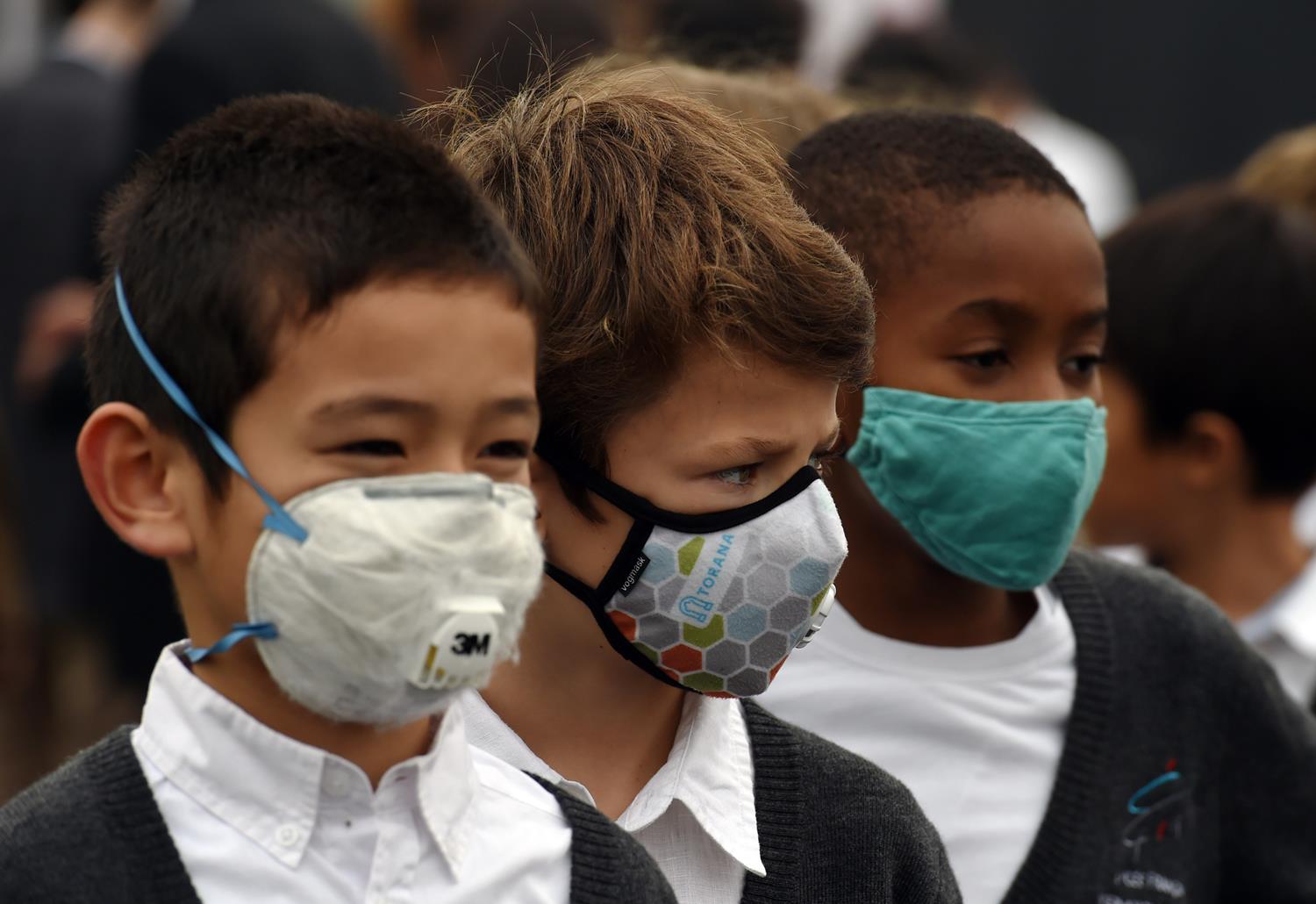Pollution is now a greater threat than Ebola and HIV, and is responsible for one in four deaths among children under five years, the World Health Organization has warned. Worldwide, more than 1.7 million children’s deaths were attributable to environmental hazards such as air pollution and contaminated water, according to two reports published on Monday, The Verge reported.
The first report finds that some of the most common causes of death among young children—diarrhea, malaria and pneumonia—can be prevented by providing access to safe water and clean cooking fuels, and other efforts to reduce environmental risks. The second report details the impact that exposure to polluted environments has had on child mortality.
Commenting on the latest research, Margaret Chan, WHO director general, said, “A polluted environment is a deadly one, particularly for young children.
"Their developing organs and immune systems, and smaller bodies and airways, make them especially vulnerable to dirty air and water. "Investing in the removal of environmental risks to health, such as improving water quality or using cleaner fuels, will result in massive health benefits."
By tackling pollution head-on, WHO claims that one-quarter of deaths and diseases in 2012 could have been prevented, The Telegraph reported. The latest WHO report also warns that exposure to polluted environments poses a huge risk to pregnant women and can significantly increase the chances of premature births. Meanwhile, infants and preschool children exposed to pollution are more likely to contract debilitating respiratory diseases, including pneumonia.
Exposure to hazardous chemicals through air, food, water and products used in everyday life is also associated with hindered brain development, while improperly recycled electronic waste is also affecting children’s cognitive abilities. The likelihood of developing cardiovascular diseases, cancer and stroke is also heightened in areas with high pollution.
Urgent Action Needed
In order to combat the problem, WHO said urgent action is required to improve water quality in the developing world, while more developed nations must ensure access to more green spaces, especially in densely populated urban areas.
According to the second WHO report, 570,000 children under the age of five die every year from respiratory infections linked to indoor and outdoor air pollution, and secondhand smoke; 361,000 die every year from diarrhea, because of poor sanitation, hygiene and limited access to safe drinking water; and 270,000 die during their first month from conditions that could have been prevented through improved sanitation, access to safe water, and reduced air pollution.
Another 200,000 deaths from malaria could have been prevented through mosquito control and safer water management, the report finds. Increasing volumes of electronic waste from disposed smartphones and other devices can expose children to toxins linked to reduced intelligence, lung damage and cancer, WHO says. The volume of so-called e-waste is expected to reach 50 million tons by 2018—a 19% increase from 2014.
Climate change has heightened risk factors, as well; rising temperatures and carbon dioxide levels have led to increased pollen counts, which are linked with asthma prevalence among young children. Between 11% and 14% of children under the age of five currently suffer from asthma-related symptoms and 44% of those cases are attributable to environmental factors, WHO says. To mitigate these risks, WHO has called on governments to reduce indoor and outdoor air pollution, protect pregnant women from secondhand smoke and provide safe water and sanitation.


